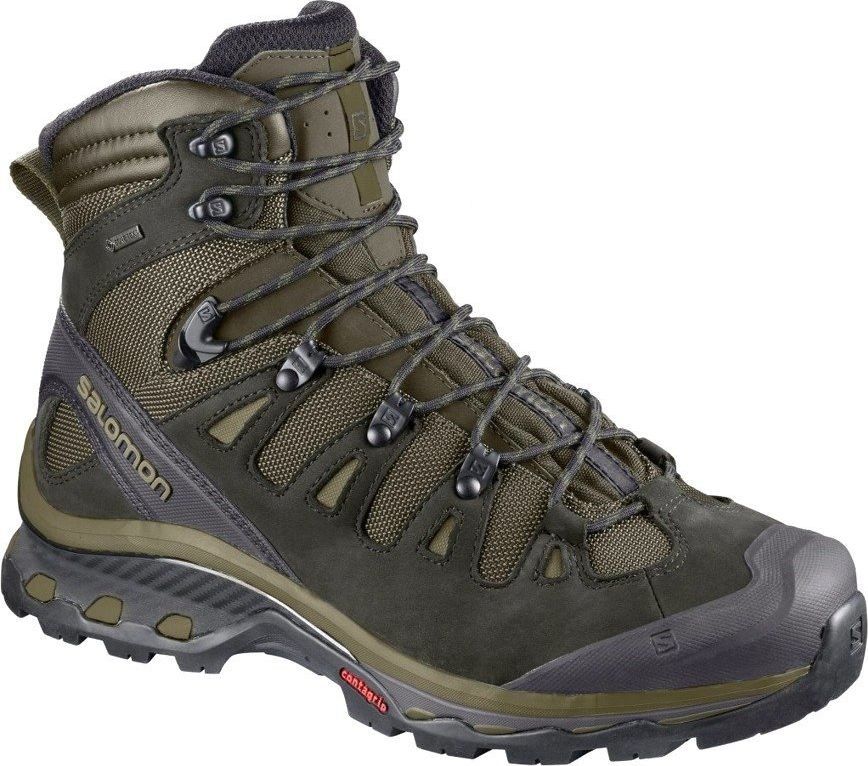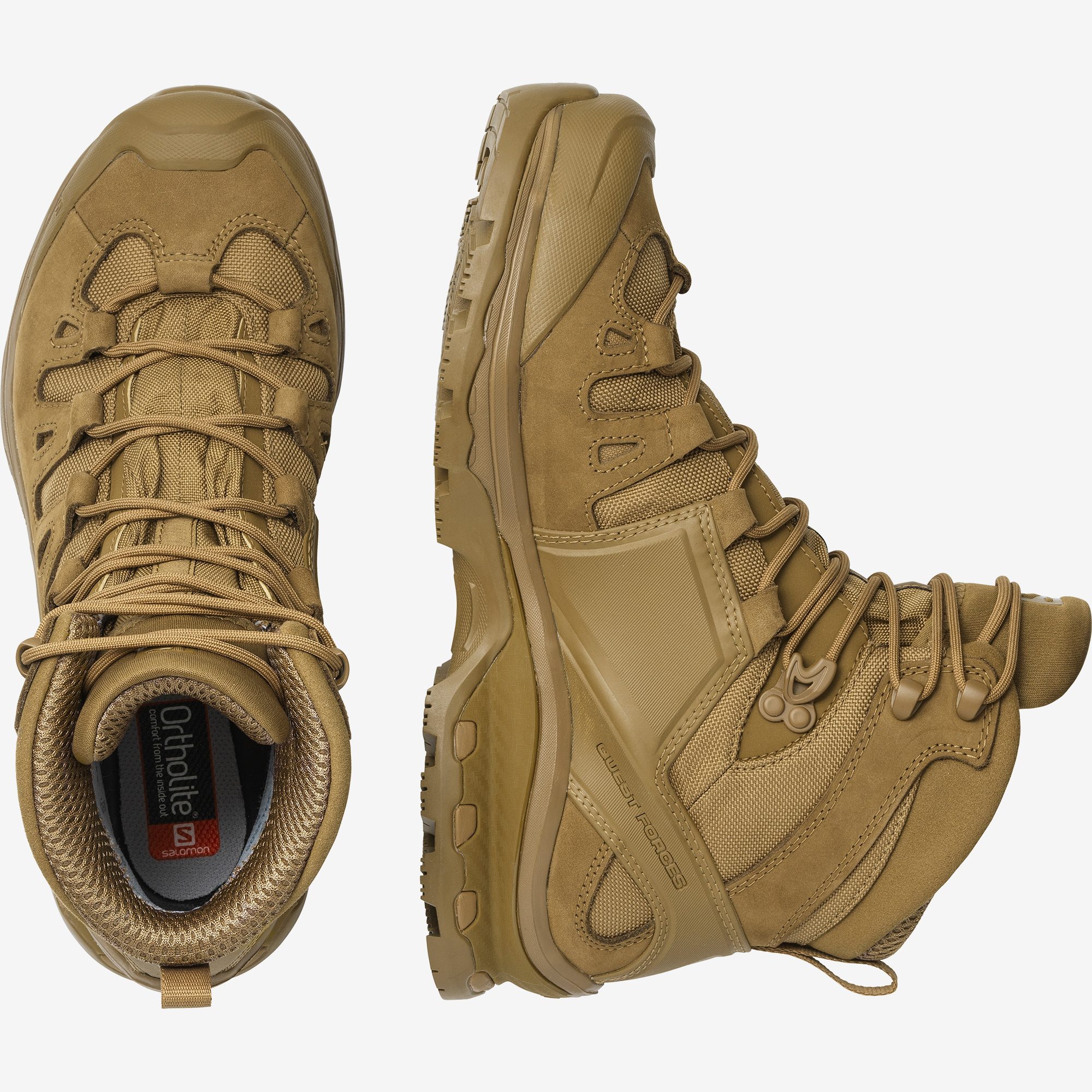

Some of the things you will encounter when hiking or backpacking are rivers, streams, and muddy trails. Nice to know: Deeper outsole lugs offer better grip on muddy terrain and shed debris with ease Less traction on sleek surfaces like wet rocks Best used when scrambling in rocky terrain

Here are the major parts of a boot, common materials used, and their key benefits as well as their flaws. You need to determine the kind of hike you’re planning to take so you can choose the appropriate boot configuration. The construction of a hiking boot plays an important role in the footgear’s performance. On the one hand, insulated hiking shoes are recommended for winter hiking. Hiking during the summer will require you to wear breathable kicks. NOTE: The weather condition or season will definitely affect your choice. As a bonus, we also added the types of boots that will work best for each difficulty level. Below, you’ll find the various difficulty levels of trails as defined by the National Park Service (NPS). When it comes to difficulty, trails can be rated from easy to very strenuous.

Knowing the elevation and distance of a hike (plus the weather condition on that day) will help you figure out the right footwear to wear. Types of hiking boots (based on your hiking plans)īefore you finally click on that buy button, have you considered checking the difficulty level of your upcoming hike? Hiking trails have levels of difficulties and include a variety of terrains. The ratings will vary depending on the make and model of the shoes. This does not, however, apply to each model that exists. NOTE: The ratings are based on how each type of footwear performs in general. In case you're wondering what hiking boots have that trail runners, hiking shoes, and whatnots don’t, here’s a side-by-side comparison. While hiking boots offer these benefits, we’re not saying that it’s always an ideal option. Generally, when hiking, your footwear needs to be grippy, stable, supportive, and protective. Hiking boots vs hiking shoes and other footwear Checking the mountain’s hiking rules is always a good idea to avoid any unnecessary hassle on your part. Keep in mind though, that however strong you think your feet are, there are hiking adventures that will require you to wear non-slip hiking boots. If you’re the type who has strong ankles and likes to travel light, then your trail runners or sandals might just make it. The question is: would your feet make it? Since it’s just a walk up the mountains, your everyday Chucks might just be able to survive the beating. To finish, a Contagrip® TD outsole with a deep, aggressive lug pattern provides high performing grip and traction on a variety of wet and dry surfaces.There’s probably a time when you’ve thought of wearing your reliable beaters, Dr. A protective toecap and mudguard also reduce the likelihood of dirt and debris from entering the boot, while SensiFit™ technology adds a secure, locked-down fit. Additionally, the Energ圜ell midsole and moulded OrthoLite® sockliner lends supreme cushioning to where it is needed most.įor optimum protection, a waterproof, breathable Gore-Tex membrane and PFC-free water repellent Nubuck leather and textile upper keep every ounce of water out, as well as offering hardwearing durability and ventilation to keep feet cool. Featuring an updated chassis, the ADV-C 4D Chassis respects the natural flexion of your foot by targeting sensitive articulations and wraps the foot for extra support, while also keeping your stride fluid and reducing muscle fatigue especially with a heavy backpack. Designed for long expeditions and tough conditions, the men’s Salomon Quest 4 Gore-Tex Hiking Boots are highly protective, supportive and grippy.


 0 kommentar(er)
0 kommentar(er)
